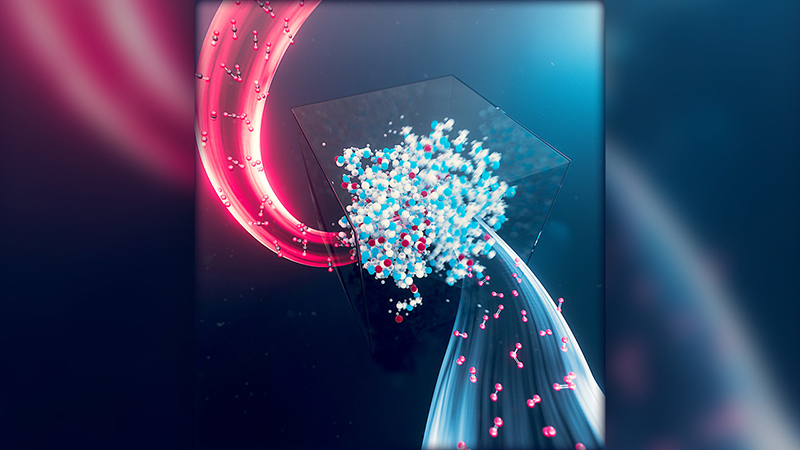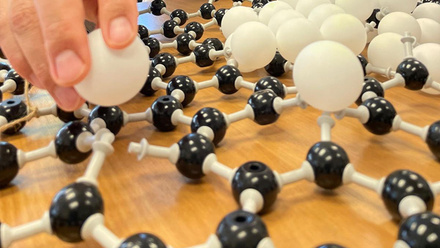Lengthening the lifetime of carbon-capture materials
The role of CO2 in the oxidation kinetics of amine-functional sorbents for carbon capture is better understood, thanks to research that could improve direct air capture (DAC) technologies.

Researchers in the US at Lawrence Livermore National Laboratory (LLNL), in collaboration with the Georgia Institute of Technology, have published a study looking at atmospheric components in the design of DAC processes and materials.
Amine-based sorbents can efficiently capture CO2 even at ultra-dilute conditions. However, the long-term stability of these materials has been a significant challenge, primarily due to oxidative degradation.
The research team has investigated the role of CO2 in the oxidative degradation process of these sorbents, reconciling conflicting data in existing literature.
The study reveals that CO2 exerts a non-monotonic effect on the oxidation kinetics of poly(ethylenimine) sorbents, with its impact varying significantly depending on temperature and CO2 concentration.
Simon Pang, corresponding author and principal investigator says, ‘Our findings will be instrumental in developing next-generation sorbents with enhanced durability, contributing to more efficient and cost-effective carbon-capture solutions.’
Sichi Li, lead author of the paper adds, ‘On one hand, CO2 catalyses critical oxidation reactions, while on the other, it reduces polymer branch mobility, which slows down radical propagation. These contrasting effects are key to understanding the complex degradation profiles we observed.’
The study offers practical implications for the future of DAC technology. By identifying polymer side chain mobility and the presence of acidic environments as major factors accelerating oxidation, the research suggests new strategies to enhance sorbent longevity.
Potential solutions include the introduction of functional groups, additives or oxide supports with surface chemistry designed to reduce polymer mobility or neutralise acidic conditions, thereby mitigating the rate of oxidative degradation.







